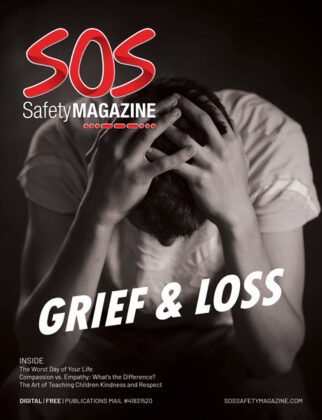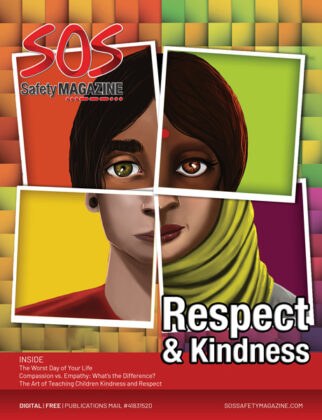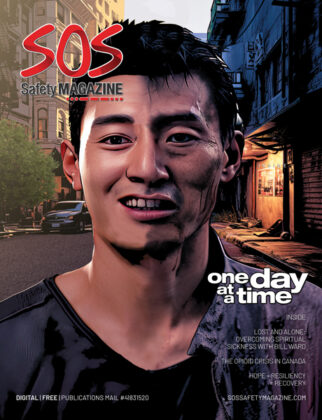ARTICLES, WHAT IS BULLYING? HOW TO STOP KIDS BULLYING NOW
Examples of Bullying
Definition of Bullying
One definition of bullying is: when a person is exposed, repeatedly and over time to negative actions on the part of one or more persons. (Dan Olweus)
Although there have always been bullies, bullying today has been recognized as a serious and damaging issue in our schools, workplaces and communities.
Bullying comes in many forms, whether it is:
- name calling,
- putdowns,
- spreading rumours (in person or on the internet),
- physical attacks or
- enticing others to “gang” up on a victim.
What are bullies?
Bullies are very often children who have been bullied or abused themselves. Hurt children often hurt other children. Sometimes they are children having difficulties dealing with life experiences they can’t cope with and are feeling very helpless so they take it out on others. Sometimes they are children who have poor social skills. Whatever the reason, they bully to try to feel confident, be in control and to get relief from the feeling of powerlessness.

Facts on Bullying
Bullying however is an insidious cycle, as many children who experience being bullied experience depression, loneliness, sleep deprivation and changes in appetite. Some even miss a lot of school time so they do not have to contend with the bullying. One of the most devastating experiences is thoughts and sometimes completion of suicide. In some cases, when the victim feels unheard or disbelieved, they may become a bully themselves to cover up the humiliation and pain of being victimized.
Can we prevent bullying?
Psychologists say that bullying is preventable, but it would take all of us to stop it. The bystander may be the best person to be able to stop bullying. It takes as little as 10 seconds for a bystander to step in and say “that’s not cool,” or help pick up books instead of laughing. The bullies most often need an appreciative audience. Also a bystander is in the best place to get help. Teachers and trusted adults need to take the responsibility of making each bullying act a teachable moment; knowledge is power and when education about these issues and how it impacts the victim is shared with the children, the incidents of bullying decrease.
Read our article all about how to stop bullying
For example, in one community a group called 1st Responders was created to prevent, help identify and support the community in addressing the effects and issues around bullying. This group included the hospital, schools, RCMP and Family & Youth Services, the Ministerial Society and our agency Crossroads Resource Center and Women’s Shelter.
Since the funding for 1st Responders, was discontinued, Crossroads Resource Center & Women’s Shelter has expanded our website(www.bullyingfirst.com) to give more information about Crossroads Resource Center and how we work towards preventing violence in our area.
Crossroads Resource Center & Women’s Shelter
Help Line 1-877-835-2120
www.bullyingfirst.com







